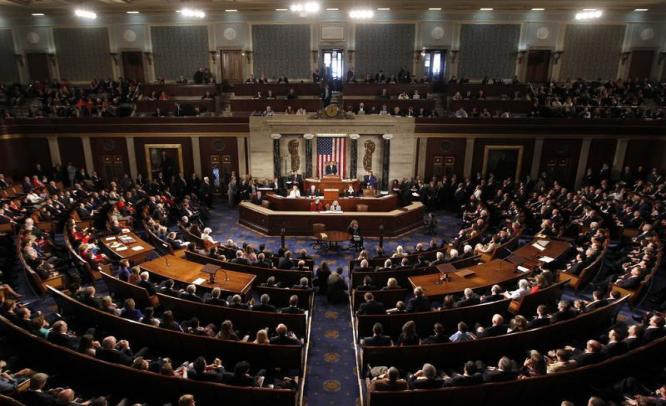John Koskinen, Deputy Director of Management at OMB said “Significant additional costs, that cannot be determined at this time, include interest payments to third parties” when the government does not pay its bill on time to third parties.
18th October 2013
The US Senate has passed legislation raising the Treasury Department’s borrowing authority, which would end the government shutdown that has crippled the country since October 1. The Senate sent the measure to the House of Representatives for final passage, before being signed into law by Obama. The legislation passed by Congress last night to raise the debt ceiling and fund the government in 2014 will bring the furloughed workers back to work, but Bloomberg reported that it may be weeks or months before the government resumes issuing loans, payments and contracts at a normal pace.
“The shock wave will last for months” said Larry Allen, president of Allen Federal Business Partners, a contract consulting firm in Mclean, Virginia, in an interview. Although, the halt in government operations was shorter than the budget shutdowns in 1995 and 1996 that lasted 26 days, this year’s disruption has been far broader in scope, said Barry Anderson, who was assistant director of the White House Office of Management and Budget during the fiscal 1996 shutdown. In the earlier shut down Congress had completed seven of its 13 annual appropriations bills, funding agencies in the previous stoppage – leaving vast parts of the government still working. This time not a single agency funded at Congress’s discretion had final budget approval.
Return to Work
Federal agencies were instructed to begin opening offices today in a “prompt and orderly manner,” according to a memo from the Office of Management and Budget (OMB) director Sylvia Burwell that cleared furloughed employees to return to work. “We will work closely with departments and agencies to make the transition back to full operating status as smooth as possible,” Burwell said in the memo after Obama signed the bill ending the shut down.
Effects of the Shutdown
The 16 day- halt in operations in many federal agencies has reduced the economic growth by 0.6 percent in the fourth quarter GDP, S&P said. John Koskinen, Deputy Director of Management at OMB said “Significant additional costs, that cannot be determined at this time, include interest payments to third parties” when the government does not pay its bill on time to third parties. There will also be additional personnel costs necessary to deal with the backlog of work resulting from the shutdown.” Elaborating in detail, Charles Tiefer, Professor of law at the University of Baltimore who has studied shutdowns said the expenditures (payments to third parties) could be in billions, it would be difficult for the agencies to carefully audit the huge backlog of payments including those to IRS and Medicare claims.
Reliance on Technology
Excessive reliance on information technology at U.S. agencies also poses pitfalls as workers return to their work. The Federal government is dependent on the internet, operating huge networks that offer online services and mobile platforms that link employee, citizens and businesses directly to digital forms and applications. Agencies that continued to collect large amounts of data measured in tera – or petabytes should reboot their systems to ensure the networks are operating properly after a period of lax monitoring.
Automakers Hit
American auto giant, General Motors said the shutdown will hit consumer confidence, while another automaker Hyundai said that industry sales could fall as much as 10 percent in October due to the shutdown.

